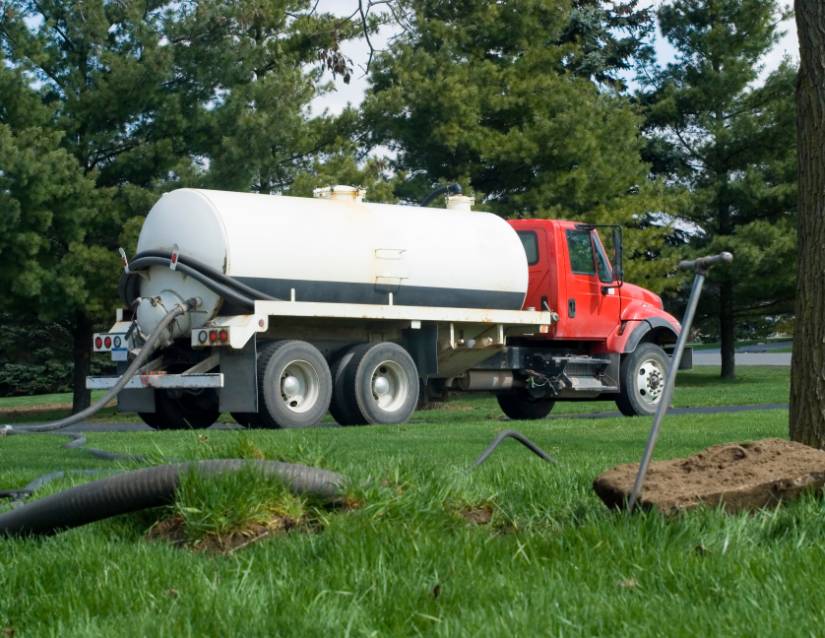Your septic system may not be the most glamorous aspect of homeownership, but it plays a crucial role in keeping your household running smoothly. Proper maintenance is key to ensuring that your septic system remains in good working condition for years to come, ultimately saving you time, money, and headaches down the line. In this guide, we’ll explore how to care for both your septic tank and drain field to maximize their lifespan and avoid costly repairs or replacements.
Understanding Your Septic System
Before diving into maintenance tips, it’s essential to understand the basic components of your septic system:
- Septic Tank: This underground container collects and holds wastewater from your home, allowing solids to settle at the bottom while allowing liquid effluent to flow out into the drain field.
- Drain Field: Also known as a leach field, this network of perforated pipes disperses the liquid effluent from the septic tank into the surrounding soil, where it is naturally filtered and treated.
Now, let’s explore how to keep both the tank and drain field in optimal condition:
Maintaining Your Septic Tank:
- Schedule Regular Pumping: The frequency of septic tank pumping depends on factors such as household size, usage, and tank capacity. Generally, it’s recommended to pump your tank every 3-5 years to remove accumulated solids and prevent blockages.
- Avoid Overloading the System: Be mindful of the substances you flush down the drain. Avoid disposing of non-biodegradable items such as grease, oil, feminine hygiene products, and wipes, as they can clog the system and impair its function.
- Use Water Wisely: Excessive water usage can overwhelm your septic system, leading to backups and drainage problems. Install water-efficient fixtures, such as low-flow toilets and showerheads, and spread out water usage throughout the day to minimize stress on the system.
Maintaining Your Drain Field:
- Protect the Area: Avoid parking vehicles, building structures, or planting trees and shrubs over the drain field, as this can compact the soil and disrupt the drainage process. Keep the area clear of heavy machinery and landscaping equipment to prevent damage to the pipes.
- Limit Water Usage: Just as with the septic tank, excessive water usage can overwhelm the drain field and impair its ability to properly treat wastewater. Implement water conservation measures to reduce the load on the system and prolong its lifespan.
- Avoid Chemicals: Refrain from using harsh chemicals, such as bleach, drain cleaners, and pesticides, as they can kill beneficial bacteria in the soil and disrupt the natural treatment process. Opt for eco-friendly cleaning products and pesticides to minimize environmental impact.
- Monitor for Signs of Trouble: Keep an eye out for warning signs of drain field problems, such as slow drainage, foul odors, or soggy areas above the field. If you notice any of these symptoms, contact a qualified septic professional to assess the situation and recommend appropriate action.
By following these maintenance tips and being mindful of what goes down the drain, you can keep your septic system in good running condition for many years to come. With proper care and attention, you can enjoy the peace of mind knowing that your septic tank and drain field will continue to serve your household reliably and efficiently.



